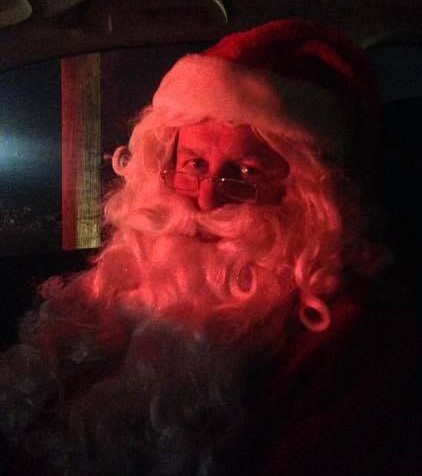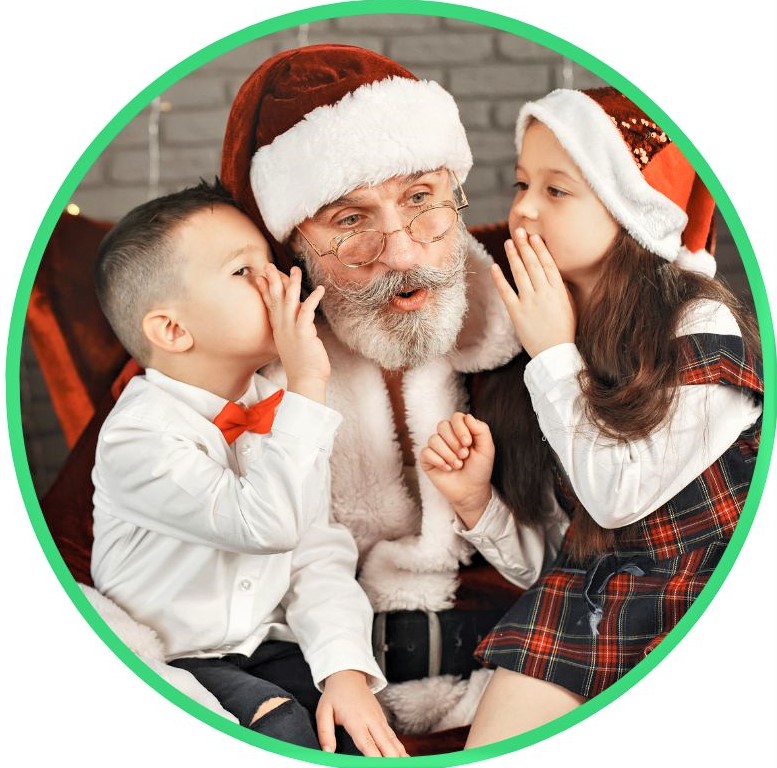 It’s just a few days until Christmas, and for this week at least, the travel we (or at least our children) are most interested in is that voyage around the world that Santa Claus will be making the night of Christmas Eve. Of course, depending on where one lives, children will be anticipating his arrival in a variety of different ways – and in fact, will be calling him different names. Some children will even have already received their gifts, while others will need to wait a couple of more weeks. And some will be receiving their gifts from someone who isn’t Santa at all! No matter where they live though, children (and adults) all look forward to this “most wonderful time of the year” as a season of joy, hope, and giving.
It’s just a few days until Christmas, and for this week at least, the travel we (or at least our children) are most interested in is that voyage around the world that Santa Claus will be making the night of Christmas Eve. Of course, depending on where one lives, children will be anticipating his arrival in a variety of different ways – and in fact, will be calling him different names. Some children will even have already received their gifts, while others will need to wait a couple of more weeks. And some will be receiving their gifts from someone who isn’t Santa at all! No matter where they live though, children (and adults) all look forward to this “most wonderful time of the year” as a season of joy, hope, and giving.
So, anticipating Santa’s journey, let’s take a quick tour around the world to see how some other countries will be celebrating the season. Before we depart however, a quick little history lesson….
We know Santa is old, but did you know that he is actually around 1740 years old, give or take a year or so? Santa’s original name was Nicholas -or as he became known later, Saint Nicholas – who was a bishop in Myra, in what is modern day Turkey. Bishop Nicholas became famous for his many good works, and for his generous – and often anonymous – gifts to the poor. Among the many stories told of his generosity, one of the best known is the help he provided to 3 poor daughters of a local Christian, by dropping 3 sacks of gold through their window, so that they would have dowries. So, as you can see, St. Nicholas/Santa Claus has been known for his kindness and gift-giving for a very long time! (And if you hear some misguided adults say that Santa isn’t “real”, you now know better!)
Now that we know a bit more about “the real” Santa Claus , let’s see how this festive season is celebrated around the world!

Netherlands/ Belgium: In the Netherlands and Belgium, presents are delivered by St. Nicholas – or as he is known there – Sinterklaas. As we already know that Sinterklaas was a generous man, we can understand why he is also called De Goede Sint (“The Good Saint”) and De Goedheiligman (“The Good Holy Man”). His feast day on December 6, known as Sinterklaasfest, dates back to the Middle Ages and originally was a time of giving to the poor along with festivals and parties. The feast of St. Nicholas on December 6 is actually one that is celebrated in many countries around the world, and children often will leave their shoes out the night before so that Sinterklaas will fill them with gifts.
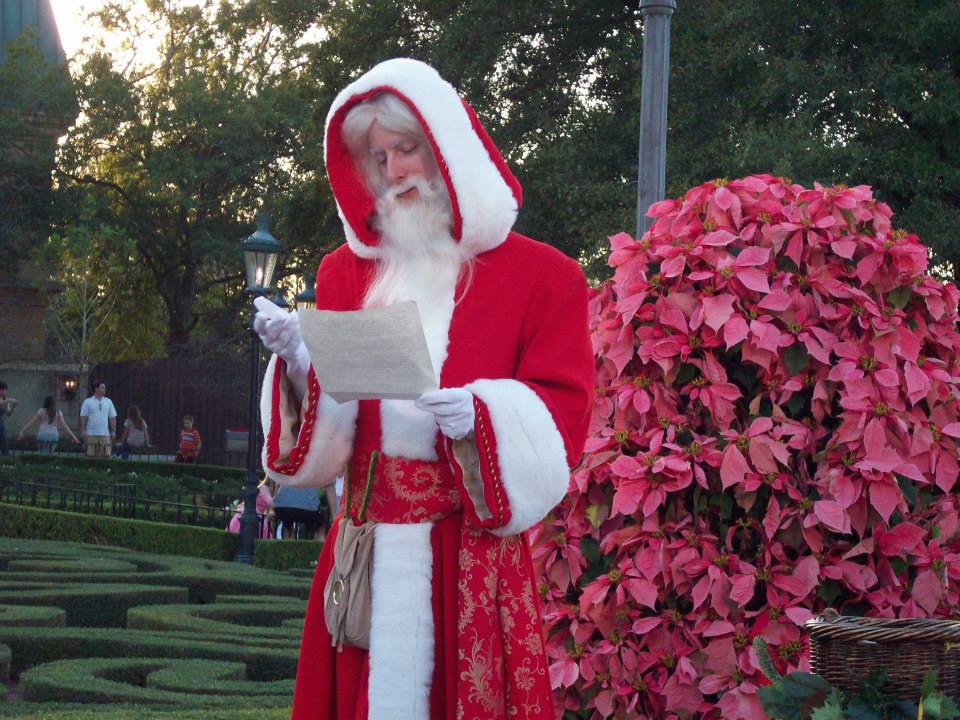
France: In France, Christmas celebrations often begin on December 6 with the feast of St Nicholas when children get sweets and little gifts. French children then put their polished shoes out in front of the chimney on Christmas Eve with the hopes that Père Noël (Father Christmas) will fill the shoes with gifts. Christmas Day is a public holiday as it is in many countries, when families get together for a big feast and exchange of gifts. Interestingly, Pére Noël is a bit more stylish than Santa Claus is in America, with a fur-lined hood built right into his cloak, which is also trimmed with white fur.
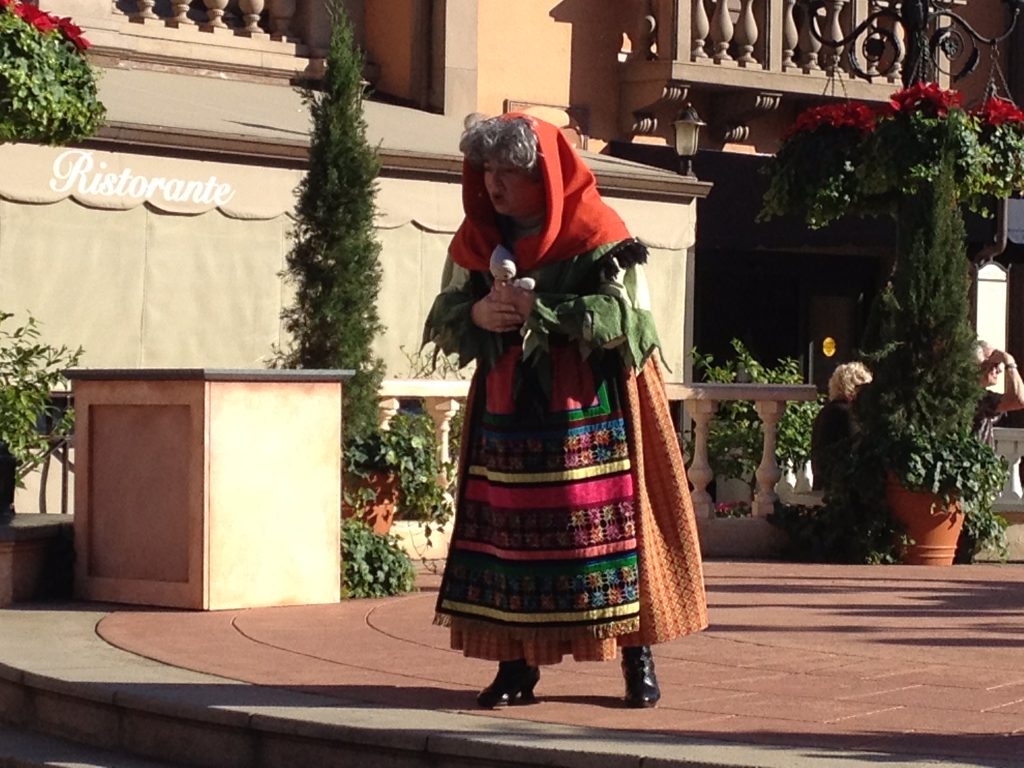
Italy: In Italy, Babbo Natale is how Father Christmas is known, and he gives out presents to children on Christmas Day. However, families in Italy also often exchange more gifts on January 6, which is the Feast of Epiphany. On the evening before, La Befana, the ‘good witch of Christmas’ rides atop a broom and climbs down the chimney of homes to deliver presents to the children inside. La Befana is quite an interesting person, as her story goes all the way back to when the Magi (Wise Men) were searching for the newborn Jesus. On their way, they stopped at the old woman’s house looking for refuge from a cold night, which she offered. When they later continued on their way, they asked her to join them but, with too much work to do, she declined. A short time later she changed her mind, and filling up a basket with gifts, she hurried off to also look for the baby Jesus but never found him. Today, she continues to search houses for the child, leaving gifts for other children along the way.
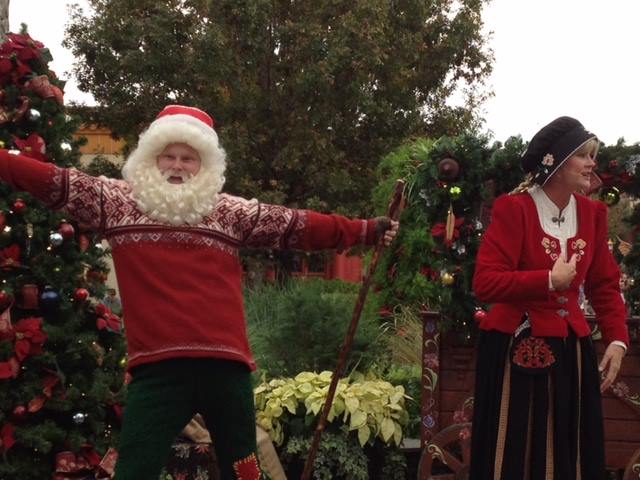
Norway: In Norway, the main celebration is Christmas Eve, when presents are exchanged and the whole family gets together for the main Christmas meal. Christmas Day is a much quieter affair and often quite private. On Christmas Eve, children wait for Julenisse, who brings presents to the children. Julenisse looks nothing like the American Santa, as he is actually a nisse – a short “pixie” or household spirit who has a long white beard and a red hat. Julenisse means the gift-bearing nisse at Christmas time.

England: In England it was Father Christmas who really became associated with giving gifts to children in the Victorian era. Father Christmas is perhaps best pictured as “the Ghost of Christmas Present” in Charles Dickens’s A Christmas Carol, where he was portrayed as the large, genial man who takes Ebenezer Scrooge through the bustling streets of London on Christmas morning. Today however, English children watch for both Santa Claus and Father Christmas as they are now considered to be the same person – although the British are more likely to leave out beer or sherry for him rather than milk on Christmas Eve.
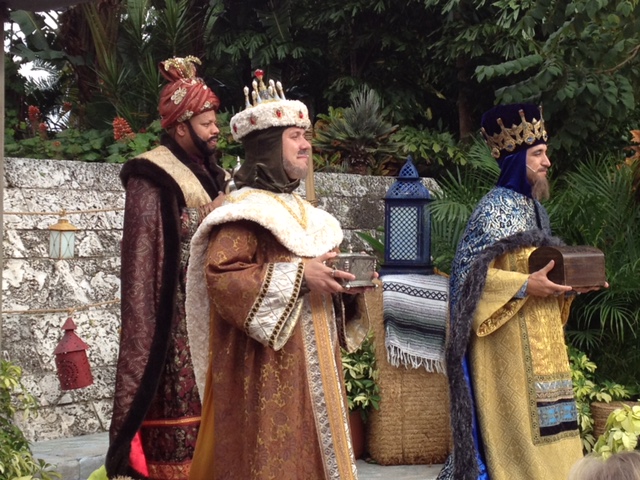
Spain & Mexico: In Spain and Mexico, children have to wait a few weeks past Christmas for their gifts, as they are brought by the Three Kings (Three Wise Men or Magi) on January 6, the Feast of the Epiphany. Children write letters to Los Reyes Magos – Melchior, Caspar, and Balthazar – who will arrive with the gifts either the night before, or on the morning of January 6. And while there aren’t any reindeer to be fed or cookies and milk for Santa, the children usually leave a drink for each of the Three Kings, as well as some food and drink for their camels.
United States: And so we now come to America where, Santa Claus is, of course, very well known. But even here he has a bit of a history. As early as 1773, the Dutch name for St. Nicholas – Sinterklaas – had evolved into an Americanized version of Santa Claus. Along with a “new” name, the good saint also lost his bishop’s apparel, and began to appear more like a rather large Dutch sailor with a pipe and a green winter coat. Most of our current image of what Santa Claus looks like came after the publication of the poem “A Visit From St. Nicholas” in 1823. It was this poem – also known as “Twas the Night Before Christmas” – that also established that Santa made his yearly Christmas Eve journey in a sleigh drawn by 8 reindeer that lands on the rooftop, and that he brings a bag full of toys down the chimney. Almost 200 years later, Santa doesn’t look a lot different, but with the benefits of modern technology, children not only write letters to him every year, they can email, Facebook Message him, and now even have Zoom meetings with him. And for the truly curious, children and adults can monitor his journey on Christmas Eve, courtesy of the Norad Santa Tracker. This way, children can be sure to be in their beds, sound asleep, well before he makes it to their neighborhood!
Wherever you are in the world, we wish you a Merry Christmas and the Happiest of Holidays!
Learn how the services of an experienced travel agent can make planning your vacation simple and STRESS FREE!
